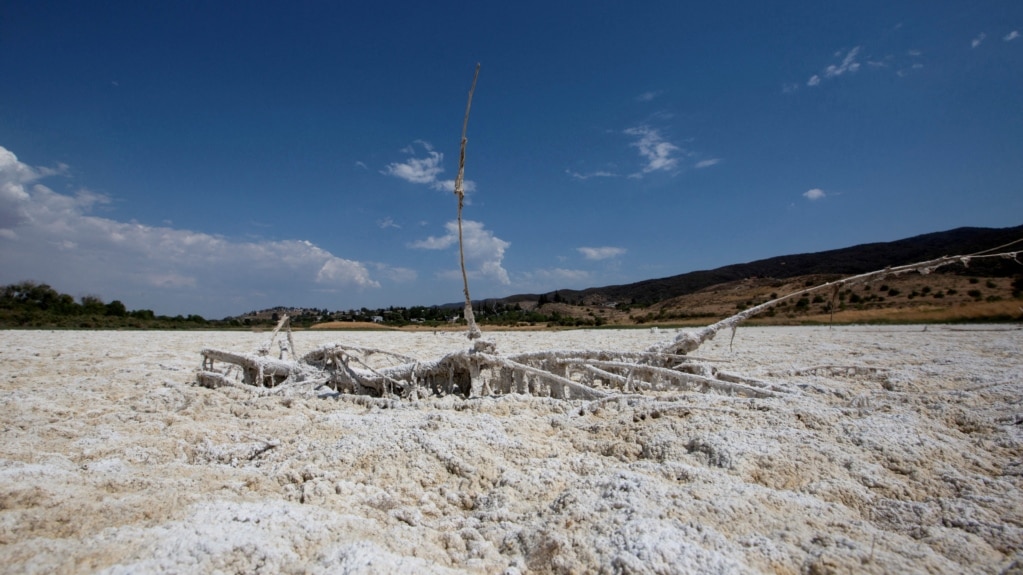A new study has found that more than half of the world’s lakes have shrunk since the 1990s.
The study blames the shrinkage on the effects of climate change. The researchers said the finding intensifies concerns about world water supplies for drinking, agriculture and hydropower.
An international team of scientists recently reported their results in the publication Science.
The team reported some of the world's most important freshwater suppliers lost water at an estimated rate of 22 gigatons per year for nearly 30 years. This included the Caspian Sea between Europe and Asia and South America's Lake Titicaca in the Andes mountains.
Fangfang Yao is a water researcher at the University of Virginia who led the study. She told Reuters news agency the study found that climate warming and human water usage drove 56 percent of drops in natural lakes.
Some climate scientists believe the world's driest areas will become drier while wet areas are expected to get wetter. But the study said major water loss took place even in humid parts of the world.
Scientists examined nearly 2,000 large lakes using satellite measurements combined with computer models for climate and water.
The team found the main reasons for lake drying around the world included unsustainable human use, changes in rainfall and run-off, sedimentation and rising temperatures. Those elements led to drops in lake levels of 53 percent of lakes worldwide from 1992 to 2020.
The study said that nearly 2 billion people living in drying lake areas have been directly affected by the shortages – many of which came in recent years.
Some scientists and environmental activists have urged steps to prevent the world’s average temperature from increasing by more than 1.5 degrees Celsius.
The study found that unsustainable human use dried up several lakes, including the Aral Sea in Central Asia and the Dead Sea in the Middle East. On the other hand, rising temperatures caused lake drying in Afghanistan, Egypt and Mongolia.
The researchers noted that water levels rose in a quarter of the lakes studied. This often resulted from dam building projects in rural areas such as the Inner Tibetan Plateau, the study found.
I’m Bryan Lynn.

